- Effectiveness of Commercial and Homemade Washing Agents in Removing Pesticide Residues on and in Apples
- Removal of pesticide residues from fresh produce is important to reduce pesticide exposure to humans. This study investigated the effectiveness of commercial and homemade washing agents in the removal of surface and internalized pesticide residues from apples. Surface-enhanced Raman scattering (SERS) mapping and liquid chromatography tandem mass spectrometry (LC–MS/MS) methods were used to determine the effectiveness of different washing agents in removing pesticide residues. Surface pesticide residues were most effectively removed by sodium bicarbonate (baking soda, NaHCO3) solution when compared to either tap water or Clorox bleach. Using a 10 mg/mL NaHCO3 washing solution, it took 12 and 15 min to completely remove thiabendazole or phosmet surface residues, respectively, following a 24 h exposure to these pesticides, which were applied at a concentration of 125 ng/cm2. LC–MS/MS results showed, however, that 20% of applied thiabendazole and 4.4% of applied phosmet had penetrated into the apples following the 24 h exposure. Thiabendazole, a systemic pesticide, penetrated 4-fold deeper into the apple peel than did phosmet, a non-systemic pesticide, which led to more thiabendazole residues inside the apples, which could not be washed away using the NaHCO3 washing solution. This study gives us the information that the standard postharvest washing method using Clorox bleach solution for 2 min is not an effective means to completely remove pesticide residues on the surface of apples. The NaHCO3 method is more effective in removing surface pesticide residues on apples. In the presence of NaHCO3, thiabendazole and phosmet can degrade, which assists the physical removal force of washing. However, the NaHCO3 method was not completely effective in removing residues that have penetrated into the apple peel. The overall effectiveness of the method to remove all pesticide residues diminished as pesticides penetrated deeper into the fruit. In practical application, washing apples with NaHCO3 solution can reduce pesticides mostly from the surface. Peeling is more effective to remove the penetrated pesticides; however, bioactive compounds in the peels will become lost too.
最近、tvNで放送中の「三食ごはん Light」を見ていて、声を出して笑ってしまった場面がありました。
夕食の準備中、チャ・スンウォンさんが肉を焼き、ユ・ヘジンさんが쌈(サンチュなど野菜を巻いて食べるもの)の野菜を洗う場面でした。
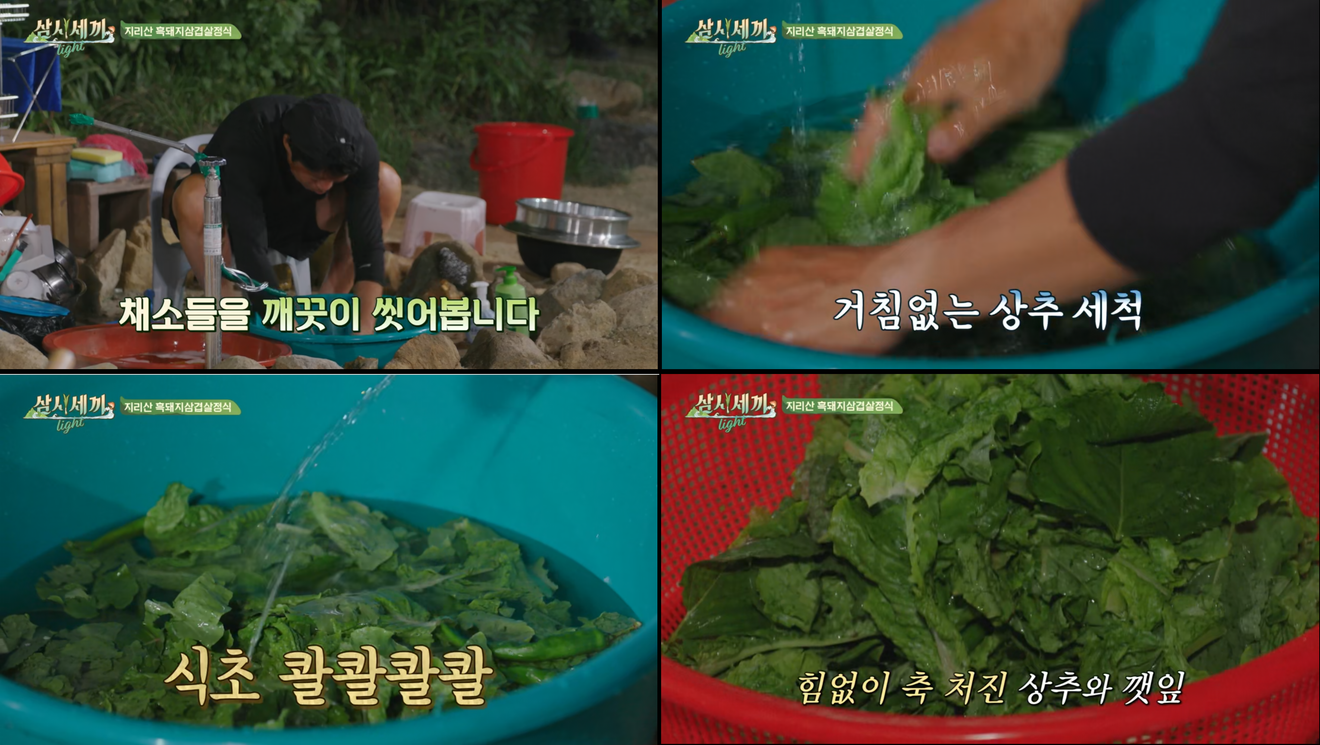
出典:tvN <三食ごはん Light> 7回
まさに酢水洗浄法!
私もよく使う方法ですが、
ユ・ヘジンさんが酢をたくさん入れすぎて、洗いすぎちゃったもんで、
サンチュとケールがボロボロになってしまいました。
(証拠隠滅のため、食べ続けてなくそうとするユ・ヘジンさんが面白すぎました🤣)
私もケールを洗うのに酢水につけすぎちゃって、
ほとんど捨ててしまった経験があるので、見ていて面白かったですし、同時に残念でもありました。
野菜や果物は、特に洗浄方法が気になり、ちゃんとできているのかわからないことが多いですよね。
それでいろいろ調べて勉強したのですが、
日常でよく使う様々な果物や野菜の残留農薬を効果的に除去する方法を皆さんに共有したいと思います。
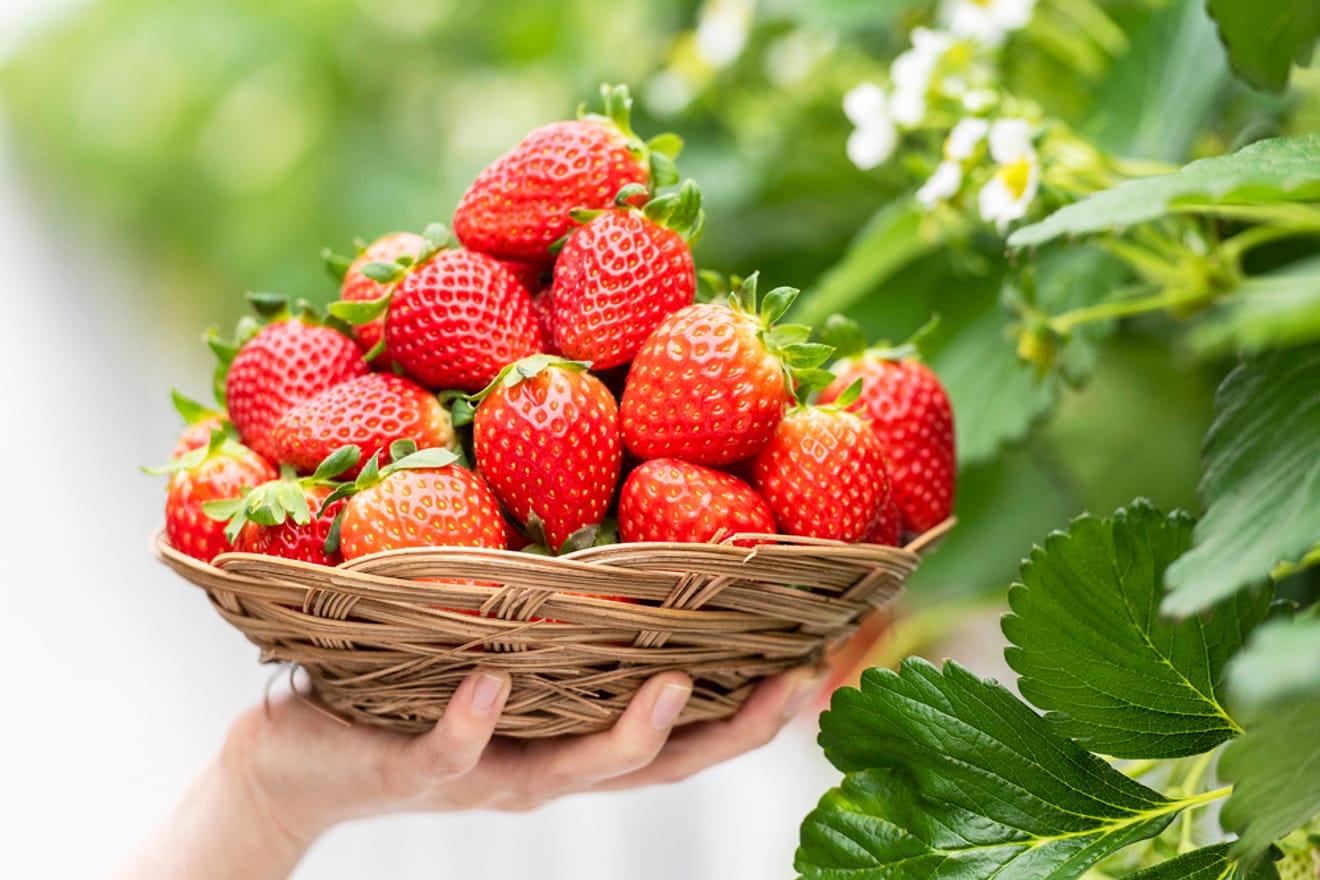
イチゴの洗浄方法
イチゴは水分が多く、簡単に傷みやすく、カビが生えやすい果物です。
そのため、イチゴには防カビ剤が散布されることが多いです。
イチゴを水に1分間浸した後、流水で約30秒間洗い流してください。
また、ヘタの部分は農薬が残留する可能性があるので、包丁で切り取って除去するのが良いでしょう。
手順としては、ヘタを手で取り、水に浸した後、洗い流し、最後に包丁でヘタの部分を完全に切り取ってください。
最初に包丁でヘタを切り取ると、水溶性ビタミンが水に溶け出してしまう可能性があるので、一番最後に切り取ってください。
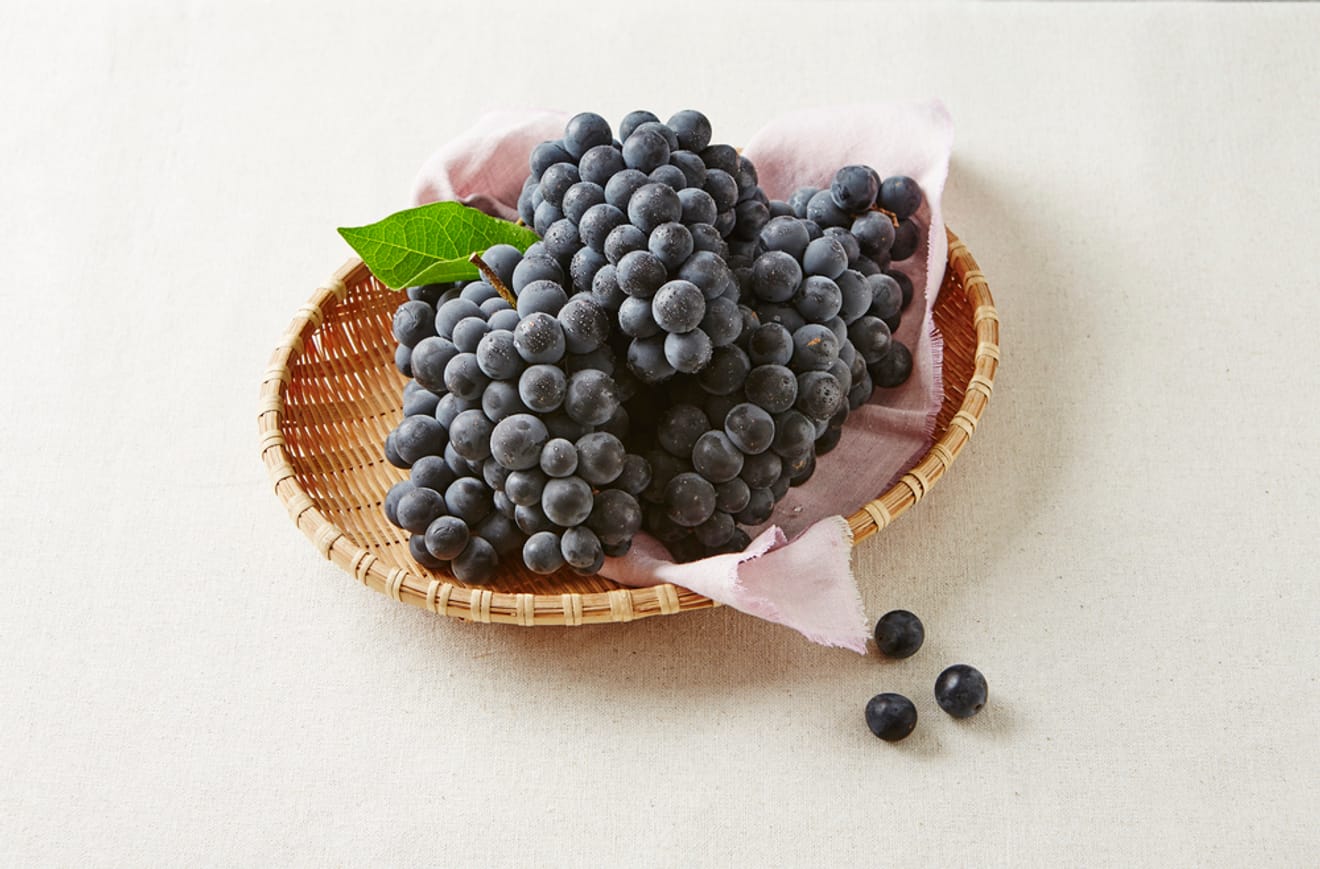
ブドウの洗い方
ブドウは房のまま洗うのが難しいため、一つ一つ房から外すことが多いですよね。
しかし、ブドウは房のまま水に約1分間浸して、流水で洗い流せば、ほとんどの農薬が除去されます。
ブドウの白い粉は自然な「果粉」で、農薬ではないので安心してください。
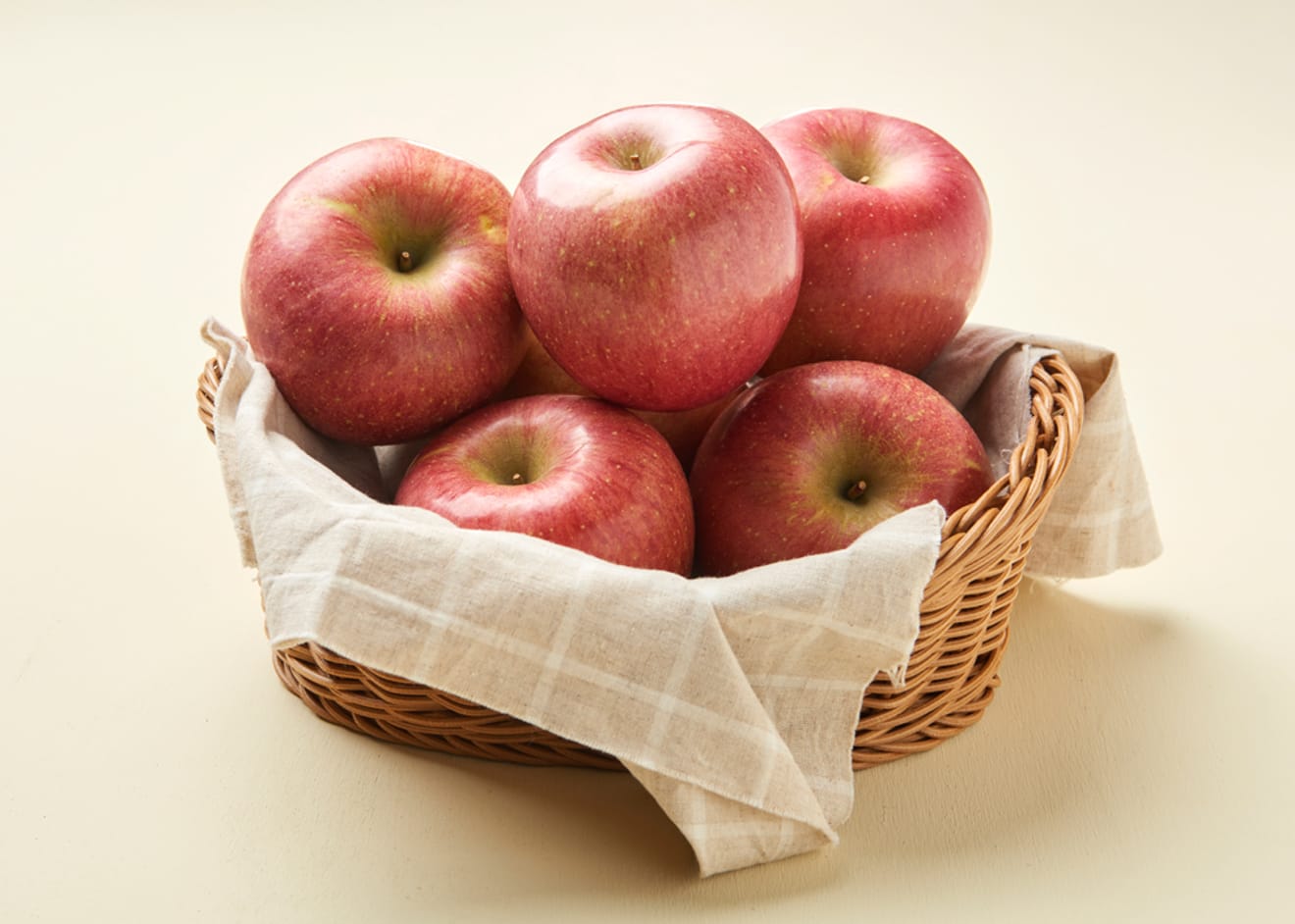
リンゴの皮をきれいに洗う方法
私は個人的に、病院で腸の健康のために朝、皮ごとリンゴを食べるように医師から勧められました。
リンゴは水で洗い流すか、布でよく拭けば簡単にきれいになります。
しかし、ヘタの近くのへこんだ部分には農薬が残っている可能性があるので、その部分を切り取って食べるのが良いでしょう。
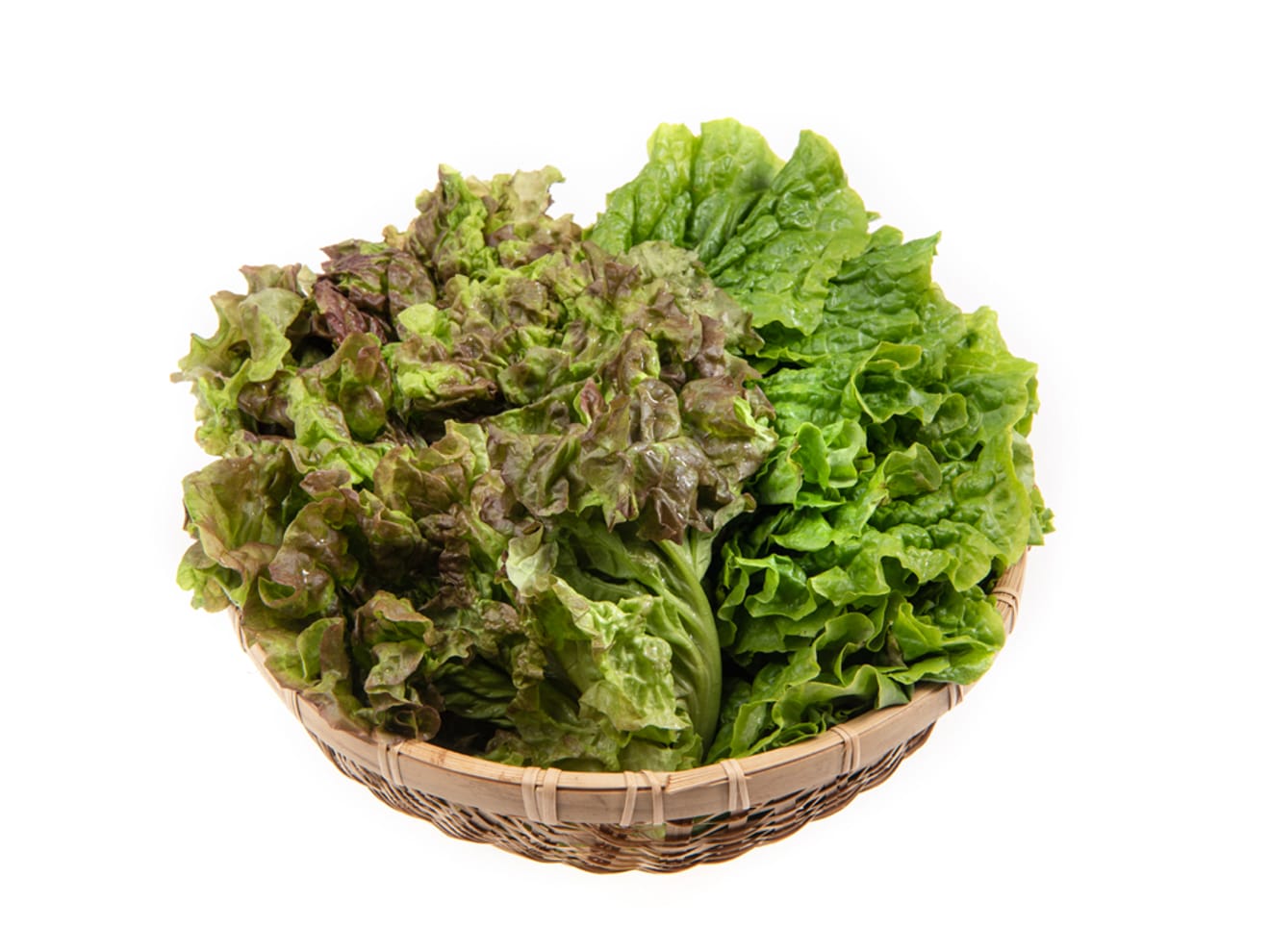
ケールとサンチュの洗浄方法
ケールとサンチュは細かい毛とシワが多く、農薬が残りやすいです。
水に5分間浸した後、約30秒間流水で洗い流してください。
特にケールは一枚ずつ剥がして洗浄することが重要です。
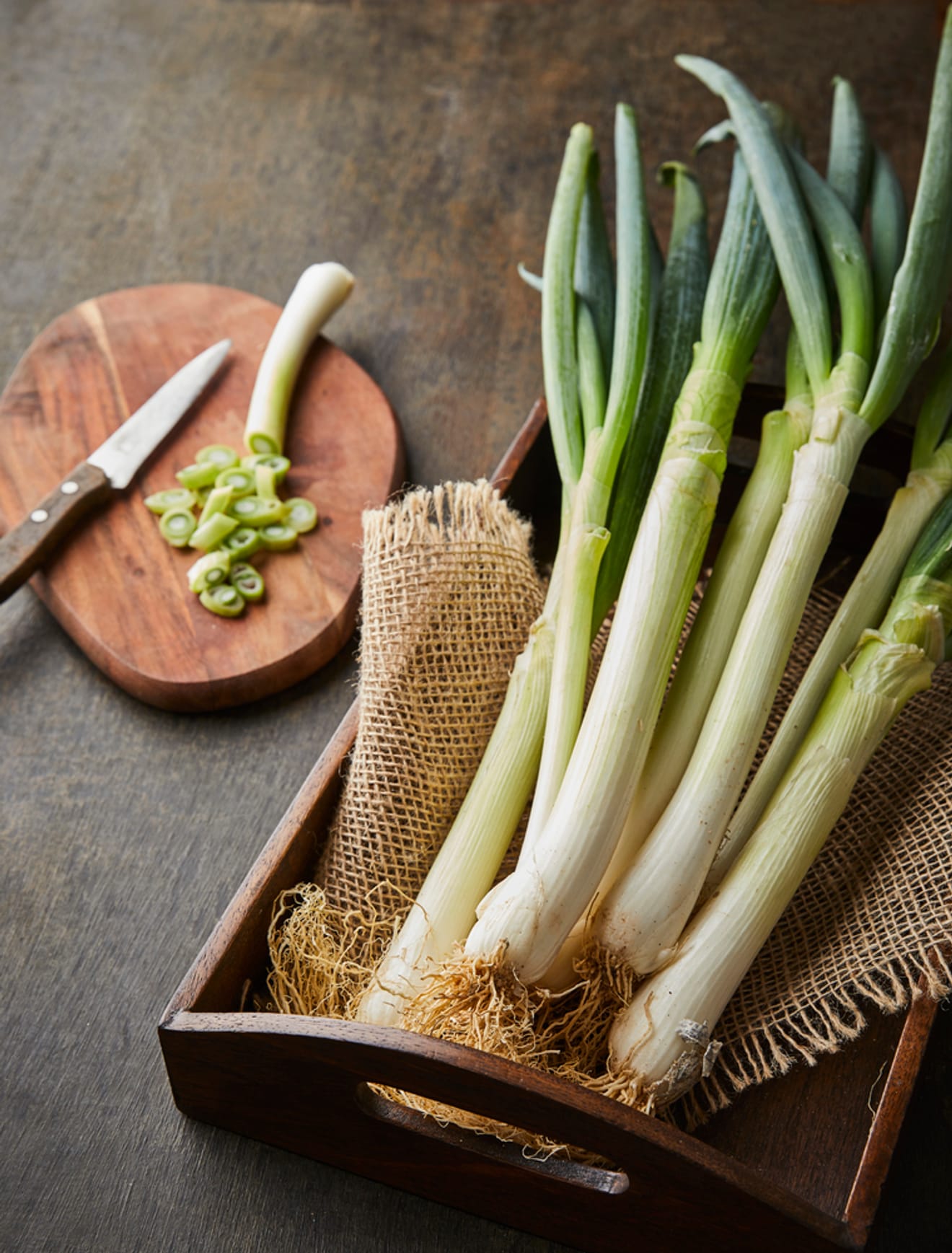
ネギの残留農薬除去方法
ネギは根元の部分を切り取って水で洗うことが多いですが、農薬は主に葉に残っています。
しおれた葉と外側の葉を取り除いた後、水で洗い流してください。
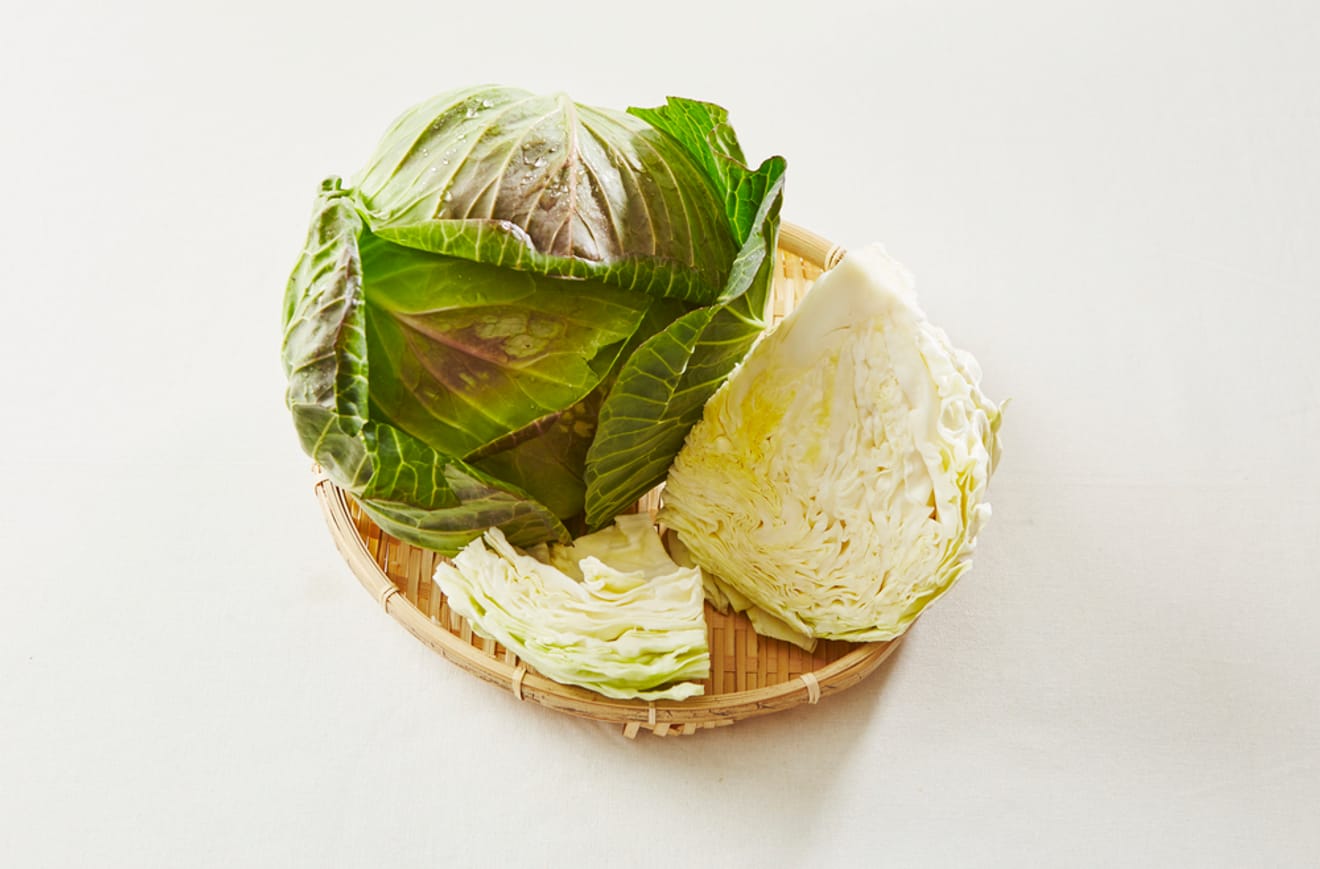
白菜とキャベツ
外側の葉に農薬が残っている可能性があるので、白菜とキャベツは外側の葉を2~3枚取り除いた後、
流水で洗い流して食べてください。
キャベツの中は意外と綺麗なので、洗いすぎなくても大丈夫です。
キュウリ
キュウリは、食器用のスポンジで表面をこすり洗いし、粗塩を振ってこすり洗いしてください。
その後、流水で洗い流せば、農薬除去に効果的です。
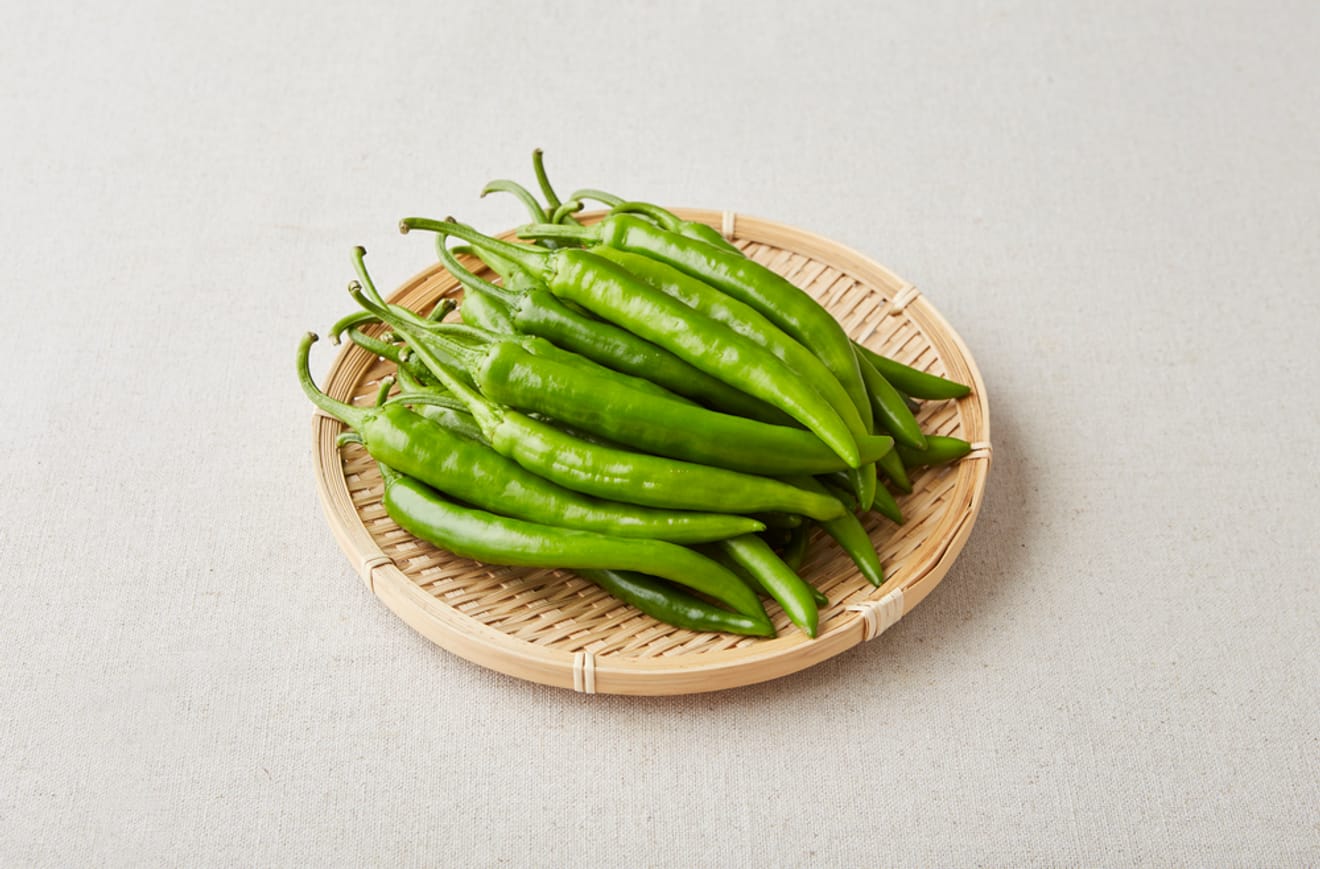
トウガラシ
トウガラシは、先端よりもヘタに農薬が残留する可能性があります。
しばらく水に浸した後、流水で洗い流してください。
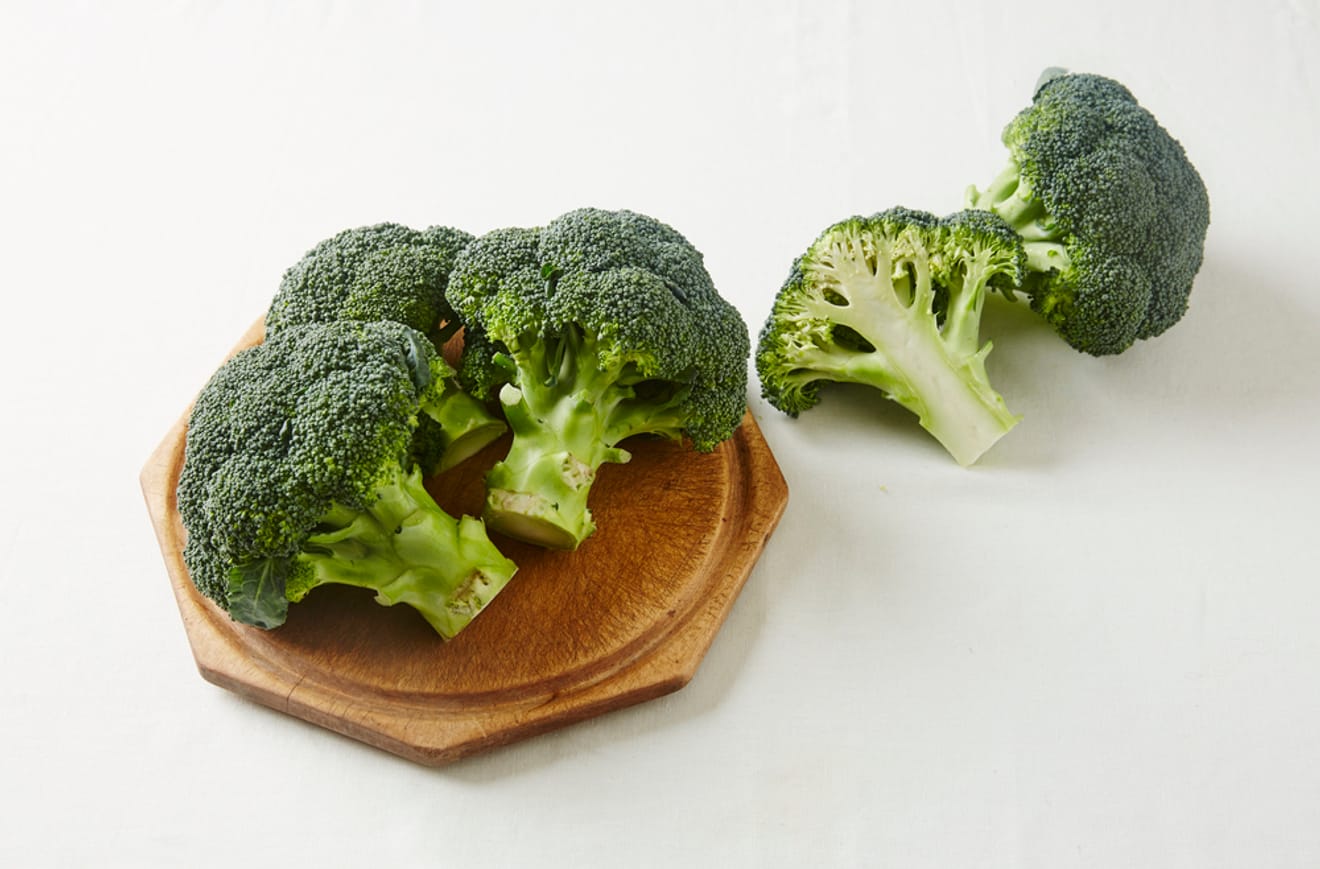
ブロッコリーの丁寧な洗浄方法
ブロッコリーは花蕾(からい)の部分が密集しているので、洗浄が難しい野菜です。
大きなボウルに水を入れて、ブロッコリーを裏返して10~20分間浸しておくと、残留農薬や不純物が除去されます。
その後、水を替えて何度も揺らすと、残った汚れを取り除くことができます。
重曹を使った洗浄方法
2017年にマサチューセッツ大学から発表された論文があります。
Journal of Agricultural and Food Chemistry誌に「Effectiveness of Commercial and Homemade Washing Agents in Removing Pesticide Residues on and in Apples」というタイトルで掲載されました。
この論文は、果物の残留農薬除去において、家庭用および商業用洗浄剤がどれほど効果的であるかを研究した内容です。
論文の内容を要約すると、
農薬洗浄の観点から、重曹10mg/ml濃度の溶液で8分以上12分程度の洗浄を行うと、
殺虫剤の残留物がほぼ完全に除去されるという結果でした。
殺虫剤の残留物が気になる場合は、10mg/ml濃度の重曹溶液に
野菜を8~12分間浸した後、洗い流せば、ほぼ完全に農薬を除去することができます。
最も万能な洗浄方法は「水に浸けること」
重曹が良い、薄めた漂白剤を使っても良い、果物洗浄専用の洗剤を使うのが安全だ、酢が手軽だ。
様々な洗浄方法が知られていますが、実際、様々な実験結果を基に見てみると、
最も万能な洗浄方法は「水道水に浸けて洗い流す方法」でした。
結果から見ると、その差は大きくないということです。
最近、果物洗浄専用の洗剤を買うかどうか迷っていましたが、
水に浸けて洗う方法に変えました。
洗浄方法がどうしても思い出せない時は、水に浸けて洗い流す!!

コメント0